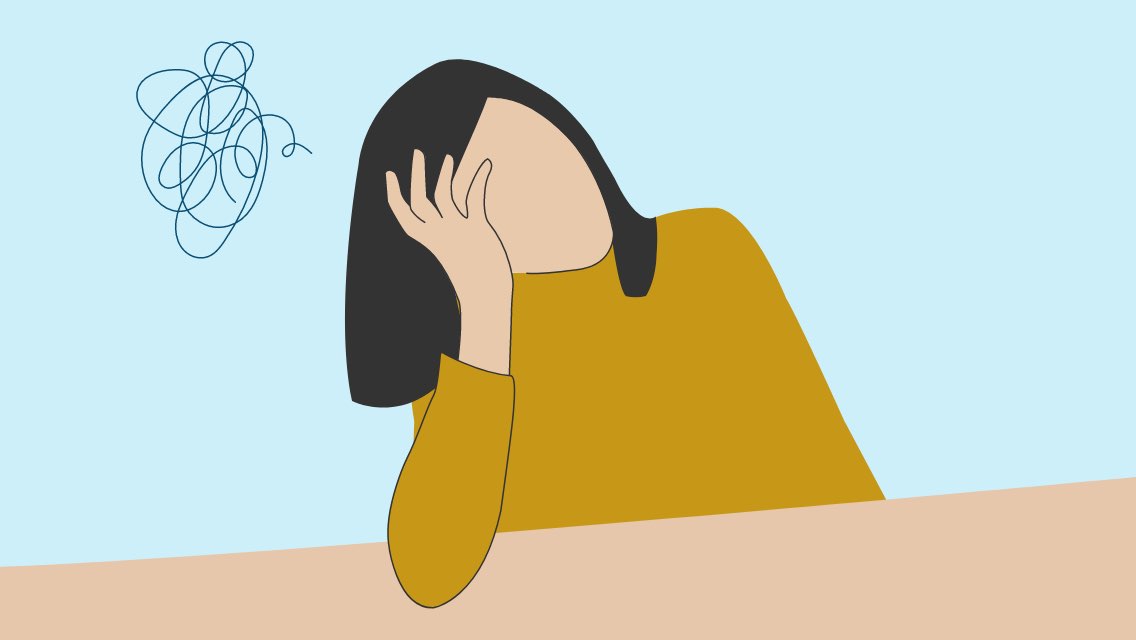If you’re struggling with anxiety and unsure whether to seek help or ride it out, consider the following factors.
- Frequency and duration: Occasional anxiety is normal. Anxiety that flares up almost every day and persists for months on end is a different story. Six months or more of daily or near-daily anxiety should be a red flag.
- Intensity and impact: One way to recognize the difference between normative and pathological anxiety is to consider how it affects your life. Are you missing work or canceling plans? Is it hard to relax even when you’re engaging in enjoyable activities? These are signs of a bigger problem.
- Context: Sometimes life throws us into situations that are inherently stressful. Anxiety in the midst of a divorce, job loss, or other major change — including positive changes, such as having a baby or starting a new job — may naturally dissipate as you adjust to the situation. But if you’re still anxious when things stabilize or anxiety is your status quo, you may want to seek help.
Learn more about why anxiety goes hand in hand with depression and irritability — and how to treat it at “4 Ways to Treat Anxiety” from which this article was excerpted.




This Post Has 0 Comments